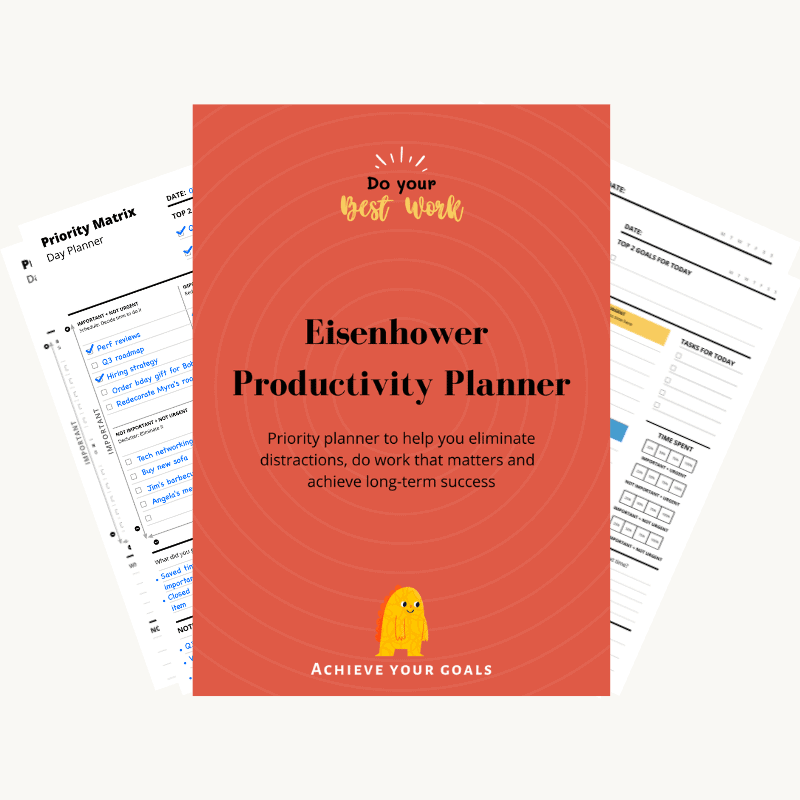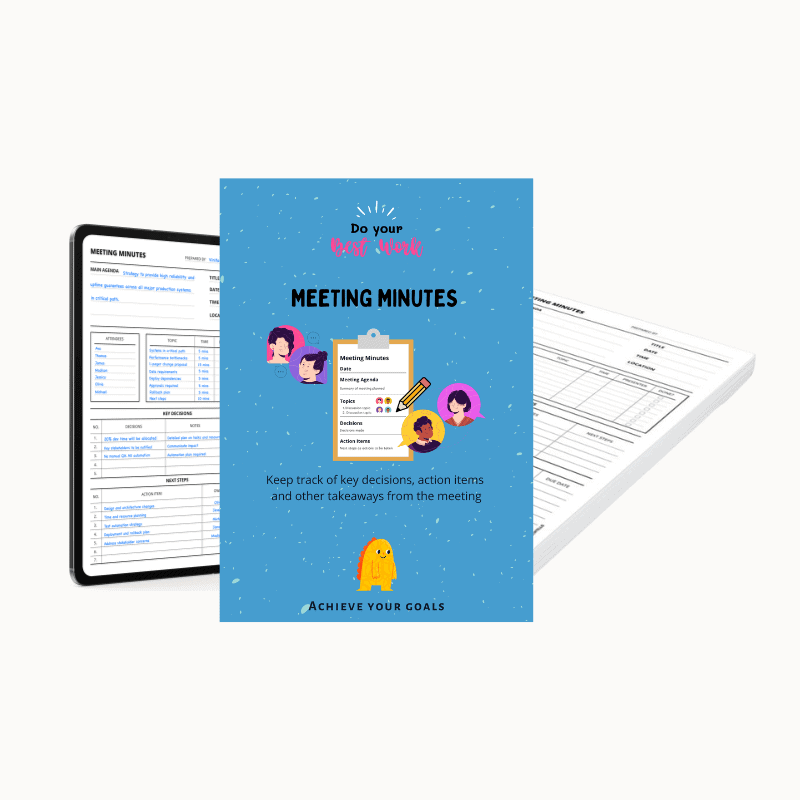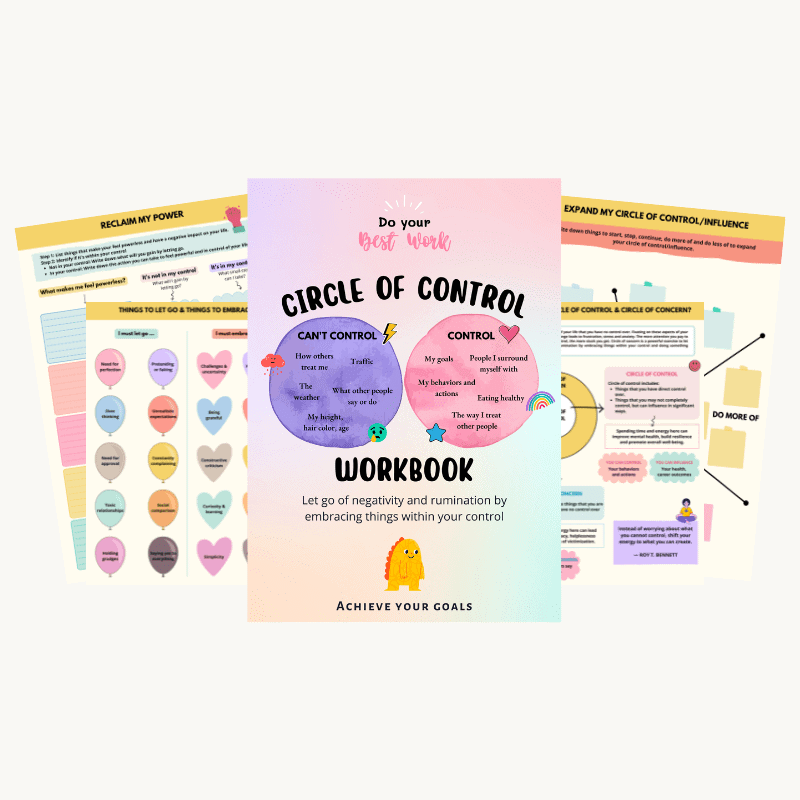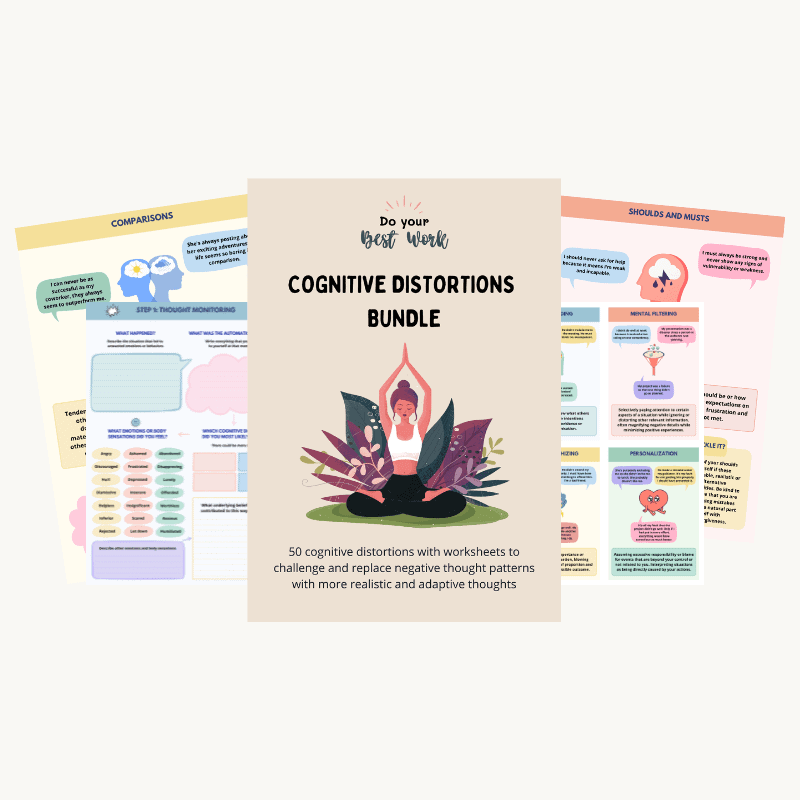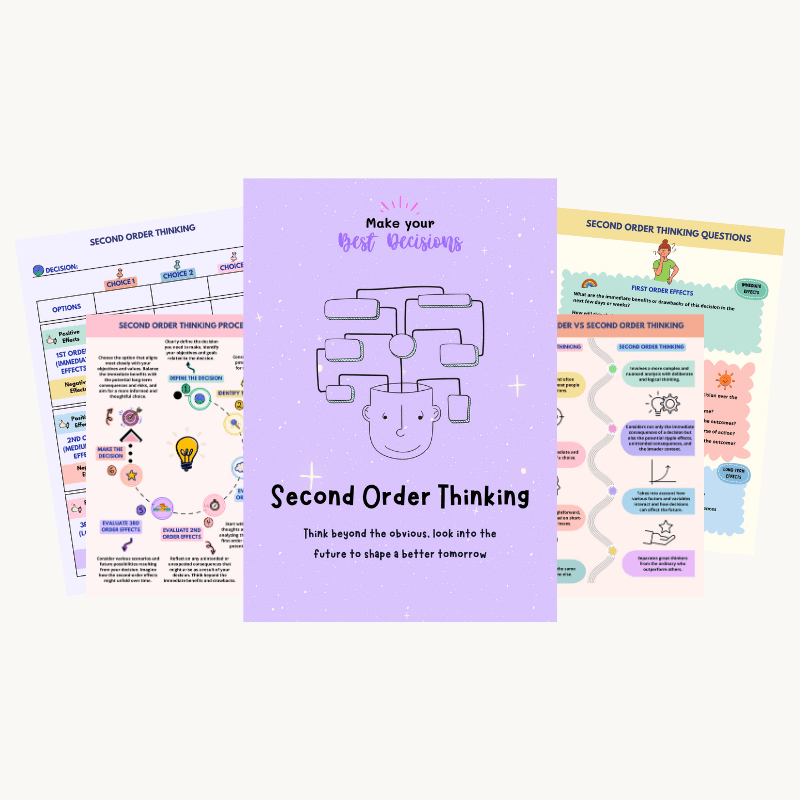How to Improve Your Team’s Motivation

Motivation impacts everything at work—without it people in the team do the bare minimum leading to slow progress, missed targets and poor results. Demotivated people are also highly contagious—they can bring the entire team down with their low morale, lack of enthusiasm and discouraged attitude.
Motivation is often misunderstood though. Offering bonuses or other fun-perks like organizing yoga sessions, giving extra time off as wellness days to recharge or organizing ping pong tournaments can definitely make work more enjoyable, reduce stress and increase camaraderie at work. But these fun activities only serve as a band-aid solution if leaders and managers turn a blind eye to the core issues—lack of growth opportunities, autonomy or feedback—that impact employees’ real motivation at work.
Extrinsic rewards like these build a rewards-chasing culture where employees push themselves only when they’re offered some perks in return, rather than feeling inspired and engaged to do their best work. Over time, these short-term tactics lose their effect as people are soon reminded of their original source of disappointment and all the temporary excitement fades.
Rewards can deliver a short-term boost—just as a jolt of caffeine can keep you cranking for a few more hours. But the effect wears off—and, worse, can reduce a person’s longer-term motivation to continue the project.
― Daniel H. Pink, Drive
When trying to improve your team’s motivation, you can’t have a one-size-fits-all approach—motivation is personal and requires understanding what drives each person and creating an environment where they can thrive.
Here are the few key practices that stand out to keep employees inspired and motivated at work:
Make them feel in control
How does your team make decisions? Do they rely on you to declare the final verdict or do they feel they have a say in the process?
Being involved in every decision for your team, controlling how things are done and closely monitoring every small outcome can make you feel in control, but it also strips your team of their sense of autonomy and responsibility.
When employees don’t feel a sense of freedom over their work, they don’t feel emotionally invested in it. This prevents them from experimenting, taking risks, finding better solutions and staying committed when things get tough.
Autonomy is a basic psychological need, which when met boosts your team’s energy levels—being personally invested in the decision-making process or feeling empowered to deliver results without being confined to strict instructions makes people deeply committed and driven.
To increase motivation at work, give your team a sense of control over their work:
- Define clear decision boundaries—decisions they can make independently from the ones where you need to be involved.
- Once you have delegated, don’t micromanage. Trust their judgment and skills—show that you value their abilities.
- Provide clarity on what needs to be achieved and why it’s important, but don’t dictate the ‘how.’ Let them find the best way to get it done.
- Promote ownership by holding them accountable for achieving outcomes. This sense of ownership can be a big motivator.
Starting with trust and giving employees great autonomy and flexibility allows people to feel independent and empowered while still feeling like a part of something bigger. This leads to happy, loyal employees with a rich quality of life, which in turn leads to an amazing culture.
― Larry English, Office Optional
Autonomy transforms employees from zombies to rockstars. It turns a boring job into an adventure fueled with learning and growth. When people feel free to choose, it brings out the best in them.
Enable them to step outside their comfort zone
Does your team feel excited about the work they’re doing or do they find it monotonous, dull and boring? Do they seem confident and content as they’re able to progress on their tasks independently or appear to be panicking because they don’t know what to do next or how to achieve the expected outcomes?
Andy Molinsky, a professor of organizational behavior at Brandeis University’s International Business school describes three zones when it comes to comfort:
- Comfort zone: Comfort zone is when you’re in a familiar situation and are experiencing very little anxiety.
- Stretch zone: A stretch zone is when you’re experiencing some level of anxiety, but at a point where you can turn it into motivation and productivity fuel.
- Panic zone: You enter a panic zone when the threshold overtakes your capacity to handle it.
If your team does not have the skills to do the work assigned to them, their inner-critic won’t let them rest—feelings of inadequacy, unworthiness and self-doubt will make them feel like a failure and slowly chip away at their motivation, confidence and sense of belonging at work.
When there’s a wide gap between skills and expectations, pressure backfires. Instead of rising to the challenge, people in the team end up feeling overwhelmed—they struggle to keep up, lose motivation and slip further behind.
Mihaly Csikszentmihalyi, author of Flow says “Enjoyment appears at the boundary between boredom and anxiety, when the challenges are just balanced with the person’s capacity to act.”
In other words, we seek just the right level of difficulty. Also called Goldilocks Rule, named after the fairy tale Goldilocks and the three bears, the rule states that human beings experience peak motivation when working on tasks that are right on the edge of their current abilities—neither too easy nor too difficult. Just right. Manageable difficulty rids us of feeling bored with tasks that are easy for us while not getting frustrated when it far exceeds our current abilities.
You need to nudge your team just beyond their comfort zone into the stretch zone—where growth happens—without tipping them into the panic zone, where pressure feels overwhelming and progress stalls, killing motivation and a sense of fulfillment at work.
To increase motivation at work, match your team’s work with the right skillset:
- What are the strengths of the different members of your team? What are their weaknesses?
- Does the work assigned to different members of your team align with their strengths?
- What gaps in skills can make the tasks too demanding or too challenging? How can you help bridge this gap?
Comfort zone feels safe, but keeps people stuck. A bit of challenge keeps them curious, motivated and learning. Find the sweet spot where the magic happens—just enough stretch to spark confidence, not fear, stress or burnout.
Align opportunities with aspirations
Do you treat people on your team as individuals with different desires and expectations or do you assume everyone is motivated by the same things?
Putting people into roles they don’t want, assigning projects unrelated to their career goals or giving responsibilities that clash with their long-term aspirations sends a subtle message “your goals don’t matter here.” This misalignment breaks down trust as employees begin to feel invisible—like a cog in a machine who’s just there to fill a gap and do the work that’s assigned to them.
This disconnection breeds frustration, lowers morale and ultimately leads to disengagement. Over time, as work continues to be disconnected from purpose, people start checking out emotionally—quietly disengaging while still showing up.
People want to be seen, supported and guided towards a future they’re excited about—not forced into following a path that doesn’t appeal to them.
To motivate people at work, align opportunities with their aspirations:
- Have regular one-on-one conversations to learn about their long-term goals, interests and what energizes them.
- Match roles and responsibilities with their desired career direction. Explain how it supports their growth by connecting it to the bigger picture.
- Involve them in charting out their development path instead of completely dictating it.
You can’t inspire and lead people without earning their attention. You achieve that in a counter-intuitive way – by paying close attention to what interests them.
― Phil Dourado, The 60 Second Leader
Work appears more meaningful when people can see a direct link between what they’re doing today with where they want to be tomorrow—motivation becomes intrinsic and energy goes up which builds the momentum to perform and excel. Stop making work feel like a grind. Turn it into fuel by appealing to their purpose.
One-on-One Meeting Questions + Template
Foster open communication, build trust, and strengthen relationships by providing a safe space for sharing feedback and addressing concerns.
Gather feedback on things to improve
Do you seek inputs from your team on inefficient processes, communication gaps and other friction points that impact their productivity? Do you encourage them to speak up and respond with openness without signaling defensiveness and shutting down their feedback?
Treating feedback as a one-way street or not showing interest in your team’s viewpoint makes them feel that their perspective doesn’t matter. Issues that could have been easily avoided linger on leading to confusion, resentment and a sense of powerlessness—which eventually drains their motivation and impacts their productivity.
Giving voice to people in shaping what needs to change builds a sense of ownership, which increases their commitment and drive. People feel like they’re part of a growing and evolving team—not just stuck in a rigid system that’s resistant to change, blind to their struggles and indifferent to their ideas.
Work feels exciting rather than exhausting, meaningful rather than mindless and empowering rather than draining. Motivation skyrockets in such an environment because people can feel the impact of their voice in shaping up what happens next.
To motivate people at work, turn them from passive participants to active contributors:
- Employ the start, stop and continue framework to seek feedback on changes to incorporate.
- Don’t reject ideas without hearing them completely or make them feel stupid for voicing a simple concern.
- Follow-through. Either put the plan into action or if it can’t be acted upon, explain ‘why’ to keep trust alive.
We thrive in environments that respect us and allow us to (1) feel included, (2) feel safe to learn, (3) feel safe to contribute, and (4) feel safe to challenge the status quo. If we can’t do these things, if it’s emotionally expensive, fear shuts us down. We’re not happy and we’re not reaching our potential. But when the environment nurtures psychological safety, there’s an explosion of confidence, engagement, and performance. Ask yourself if you feel included, safe to learn, safe to contribute, and safe to challenge the status quo. Finally, ask yourself if you’re creating an environment where others can do these four things.
— Timothy R. Clark, The 4 Stages of Psychological Safety
Build a workplace where people don’t need permission to contribute. Invite ideas, appreciate every voice—when people feel heard and trusted, they step up and become deeply motivated to help the team succeed.
Be around to coach and guide
Do you delegate work to your team and leave them to struggle or are you around to coach and guide every step of the way? Does your team feel comfortable in approaching you when they need guidance or do they know they can’t count on you for advice?
When team members feel unsupported, uncertain or disconnected from their goals, it brings in a sense of helplessness and self-doubt—not having your guidance in crucial moments keeps them stuck, demotivates them and makes them feel like a failure.
Support does not involve micromanaging their every move or feeding them solutions. It requires teaching them patience and persistence to work out a solution on their own—navigating challenges, exploring alternative strategies, experimenting and putting their creative thinking skills to use. Building these skills increases their confidence, which in turn prevents them from letting minor disappointments turn into major setbacks and embrace each challenge as an opportunity to learn.
To motivate people at work, act like a support pillar:
- Be around. Hear your team’s concern, encourage them to share ideas and challenge them to navigate the uncharted territory.
- Ask open-ended questions that invite them to think and work out a solution to their problems on their own.
- Don’t look down upon mistakes as a sign of incompetence. Focus on what led to the mistake and how to prevent it from happening again.
Each person holds so much power within themselves that needs to be let out. Sometimes they just need a little nudge, a little direction, a little support, a little coaching, and the greatest things can happen.
— Pete Carroll
Motivation thrives on clarity, encouragement and a sense of progress—without support, people disengage because there’s no one to course correct, give feedback or challenge them to improve. When guidance fades, so does the drive to do great work. People don’t just need a manager—they need a coach who sees them, supports them and brings out their best.
Summary
- Putting people in the driver’s seat by giving them control over their decisions and actions makes them more likely to stay on course, because it’s their path, not one they were pushed onto. This makes them more invested in the journey and more determined to reach the destination.
- People don’t grow by working on the extreme ends—doing the same boring task they have done hundreds of times before or picking up a terrifying task that’s way beyond their skill set. One leads to boredom, other to burnout. Real motivation lives in the stretch zone—that sweet spot where people feel slightly uncomfortable but completely capable of rising to the challenge.
- The missing connection between a person’s work and their goals makes the task at hand feel like a chore—something that needs to be done without holding any value. The disconnect quietly drains motivation as people lack a sense of purpose. Align aspirations with real opportunities—it isn’t rocket science, just requires a little bit of listening and treating them as individuals, not interchangeable cogs.
- The best way to engage people is to seek their suggestions on things to improve and actually act on it—show their perspective matters, their ideas are worthy and every feedback is invaluable. When people see their input lead to real change, it sparks a sense of ownership, pride and purpose. They feel energized and invested in their own as well as their team’s success.
- No one wants a manager who drops in wisdom every now and then and vanishes into thin air right when they’re needed the most. People want a coach—someone who shows up consistently, not just to hand out advice, but to roll up their sleeves and be there when things get tough. When people feel supported, guided and not abdicated to figure everything out on their own, they’re more likely to stay engaged and push through the hard stuff.











